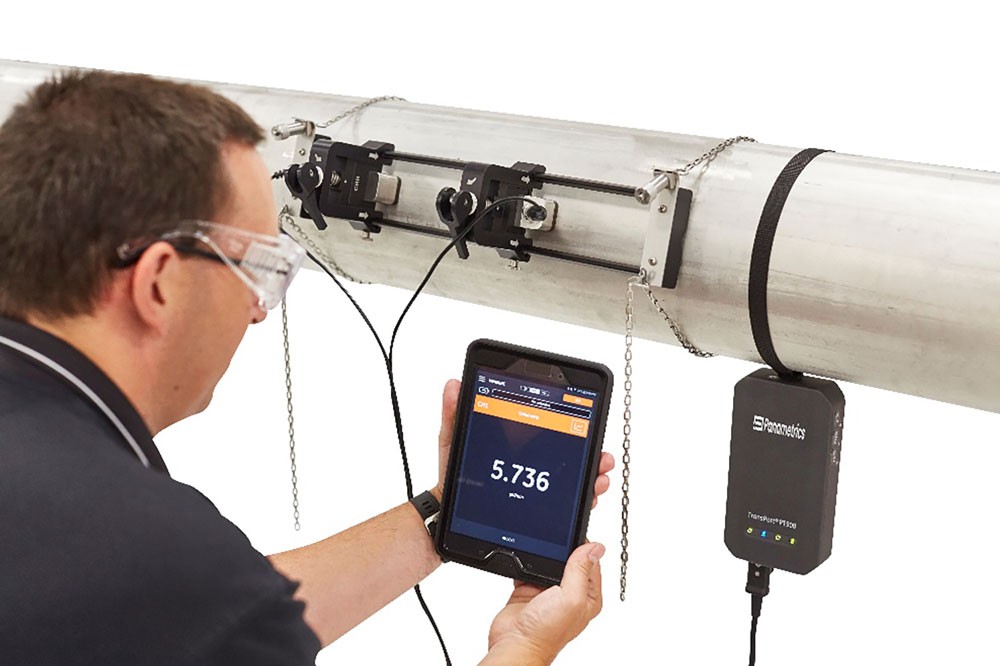
Choosing Ultrasonic Flow Meters
Choosing the right flow meter is a process that requires careful consideration. The right flow meter can save you time, money, and energy. It will also help you avoid costly mistakes.
Flow meters are used to measure liquids and gases in industrial applications. They measure fluid flow rates, which are important for many processes in manufacturing facilities. In this post, we discuss how ultrasonic flow meters work and why they are an excellent choice for most applications.
Ultrasonic flow meters use sound waves to measure fluid flows in pipes and other ducts. Instead of using electric current or pressure, ultrasonic flow meters rely on ultrasound to estimate the amount of liquid flowing through a pipe or other conduit by measuring the speed at which sound travels through the medium being measured (typically water). Ultrasonic sensors bounce sound waves off a vibrating surface inside a pipe and then use these reflections to determine the velocity of particles moving around inside the pipe as well as their direction of travel.
In the flow measurement industry, ultrasonic flow meters are one of the most common types of flow meters. An ultrasonic flow meter uses sound waves to measure fluid velocity. The most common type of ultrasonic flow meter is a Doppler velocity meter. Doppler velocity meters are widely used in high-precision applications such as metering fuel in aircraft and measuring blood flow in medical procedures.
The first step in choosing an ultrasonic flow meter is to determine what type of fluid you need to measure. Ultrasonic Doppler meters work well with liquids, gases and slurries, but they cannot be used for very viscous fluids such as oils or paints.
Next, you should decide what kind of pressure range you need for your application. There are two basic types of ultrasonic Doppler meters: high pressure (HP) and low pressure (LP). HP models are designed for applications where pressures are greater than 10 bar (1 bar = 14.5 psi). They also have better accuracy at higher velocities due to lower signal attenuation through gas bubbles that form as a result of turbulence in the pipe or tank wall.
Flow Range: The maximum flow rate at which the ultrasonic flow meter will be operated. This is usually expressed in units of volume per unit time (gallons/minute).
Minimum Flow Rate: The minimum amount of fluid flowing through the ultrasonic flow meter must be large enough so that it can be measured accurately by its transducer. This is generally expressed in gallons/hour or litres/hour.
Accuracy: Ultrasonic sensors are accurate within a range of 2% to 4% of full scale flow rate when they are calibrated at room temperature and pressure and with clean liquids (non-corrosive). If temperature or pressure changes significantly, accuracy may degrade.
